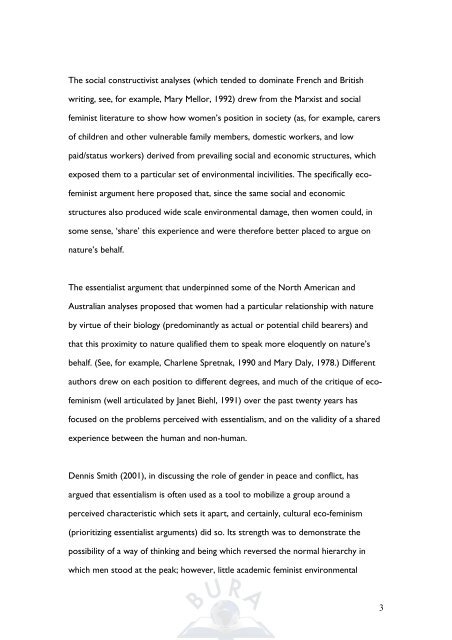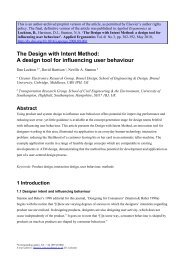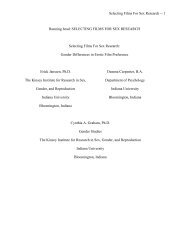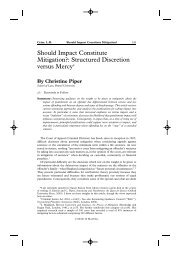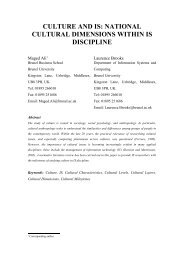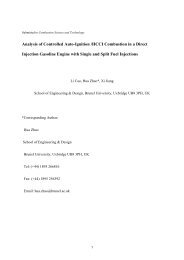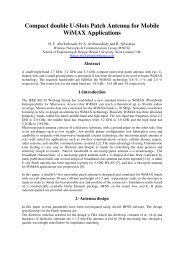Ecofeminism in the 21st Century
Ecofeminism in the 21st Century
Ecofeminism in the 21st Century
You also want an ePaper? Increase the reach of your titles
YUMPU automatically turns print PDFs into web optimized ePapers that Google loves.
The social constructivist analyses (which tended to dom<strong>in</strong>ate French and British<br />
writ<strong>in</strong>g, see, for example, Mary Mellor, 1992) drew from <strong>the</strong> Marxist and social<br />
fem<strong>in</strong>ist literature to show how women’s position <strong>in</strong> society (as, for example, carers<br />
of children and o<strong>the</strong>r vulnerable family members, domestic workers, and low<br />
paid/status workers) derived from prevail<strong>in</strong>g social and economic structures, which<br />
exposed <strong>the</strong>m to a particular set of environmental <strong>in</strong>civilities. The specifically eco-<br />
fem<strong>in</strong>ist argument here proposed that, s<strong>in</strong>ce <strong>the</strong> same social and economic<br />
structures also produced wide scale environmental damage, <strong>the</strong>n women could, <strong>in</strong><br />
some sense, ‘share’ this experience and were <strong>the</strong>refore better placed to argue on<br />
nature’s behalf.<br />
The essentialist argument that underp<strong>in</strong>ned some of <strong>the</strong> North American and<br />
Australian analyses proposed that women had a particular relationship with nature<br />
by virtue of <strong>the</strong>ir biology (predom<strong>in</strong>antly as actual or potential child bearers) and<br />
that this proximity to nature qualified <strong>the</strong>m to speak more eloquently on nature’s<br />
behalf. (See, for example, Charlene Spretnak, 1990 and Mary Daly, 1978.) Different<br />
authors drew on each position to different degrees, and much of <strong>the</strong> critique of eco-<br />
fem<strong>in</strong>ism (well articulated by Janet Biehl, 1991) over <strong>the</strong> past twenty years has<br />
focused on <strong>the</strong> problems perceived with essentialism, and on <strong>the</strong> validity of a shared<br />
experience between <strong>the</strong> human and non-human.<br />
Dennis Smith (2001), <strong>in</strong> discuss<strong>in</strong>g <strong>the</strong> role of gender <strong>in</strong> peace and conflict, has<br />
argued that essentialism is often used as a tool to mobilize a group around a<br />
perceived characteristic which sets it apart, and certa<strong>in</strong>ly, cultural eco-fem<strong>in</strong>ism<br />
(prioritiz<strong>in</strong>g essentialist arguments) did so. Its strength was to demonstrate <strong>the</strong><br />
possibility of a way of th<strong>in</strong>k<strong>in</strong>g and be<strong>in</strong>g which reversed <strong>the</strong> normal hierarchy <strong>in</strong><br />
which men stood at <strong>the</strong> peak; however, little academic fem<strong>in</strong>ist environmental<br />
3


